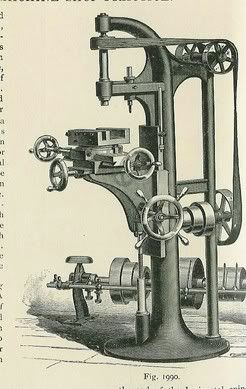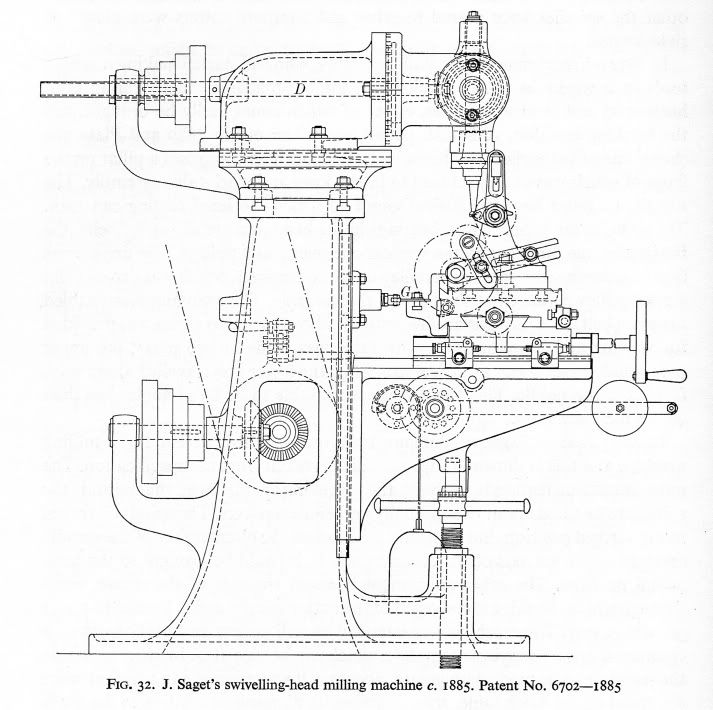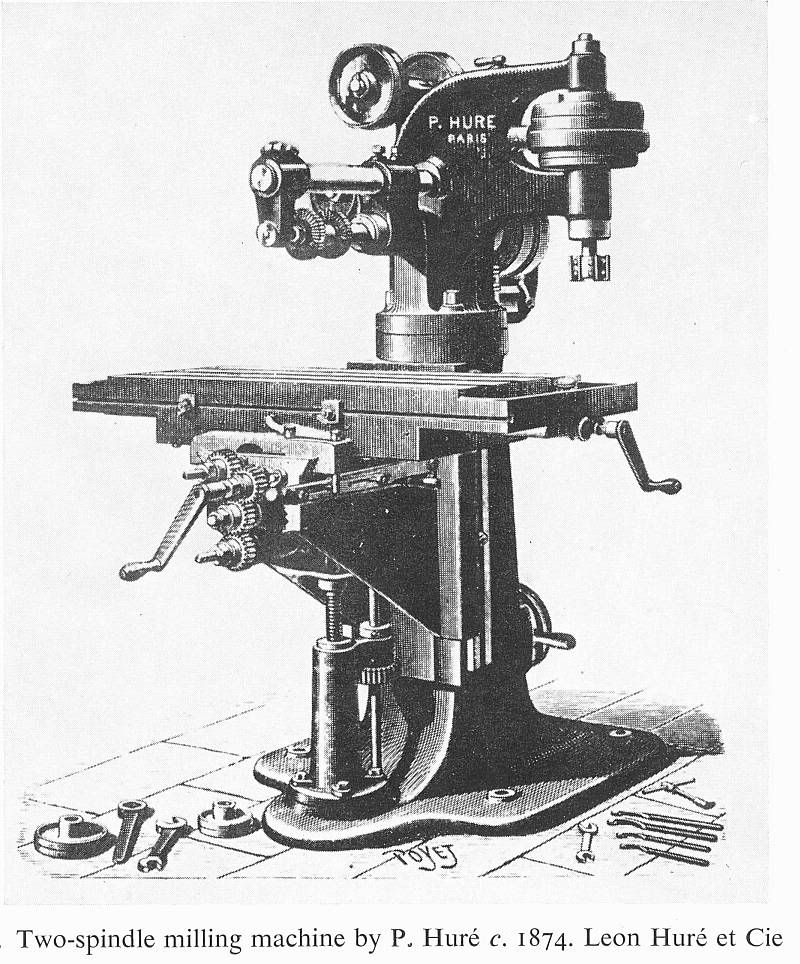Jeff_G
Hot Rolled
- Joined
- Aug 25, 2004
- Location
- Granite, MD USA
When did vertical mills first come into common use, and who made them? Was Bridgeport first? Was the ability to manufacture end mills at reasonable cost a key factor in their introduction? I have a ~1911 Rockford horizontal with a vertical attachment, so I guess there must have been a gradual transition.
Just curious,
Jeff Greenblatt
Just curious,
Jeff Greenblatt






